This op-ed was originally published by Project Syndicate.
When world leaders gather in New York later this month for the annual United Nations General Assembly meetings, they will have much to discuss besides climate change and sustainable development. In particular, the escalating superpower rivalry between the United States and China poses a growing risk to the world. The U.N. must therefore make helping to avoid another Cold War central to its mission today.
Amid all the debate regarding the demise of multilateralism and the emergence of a G-2 world dominated by America and China, it is easy to forget that a similar system–featuring the U.S. and the Soviet Union – existed for decades after World War II. Only in the late 1970s and 1980s did it become evident that the Soviet system could not compete with market capitalism. After the fall of the Berlin Wall in 1989 and the subsequent Soviet collapse, that G-2 world gave way to a G-1+n order in which all other countries (n) were unable to rival America as the sole global superpower.
The ensuing quarter-century was a period of liberal rules-based multilateralism. Democratic and market-based capitalism had seemingly triumphed in what Francis Fukuyama called “the end of history.” The U.S. broadly championed this order–the 2003 Iraq War being a clear exception–and, like most countries, benefited enormously from globalization and the emergence of new complex value chains.
But the spectacular rise of China during this period has now put an end to the G-1+n order. Although America is still the world’s leading economic, technological, and military power, it increasingly must share that status with China.
Some argue that we now live in a multipolar world in which important midsize countries have enough power to influence global affairs. On this view, while the world is not flat, it has many hubs in domains such as financial flows, trade, Big Data management, and the Internet. This hub-and-spoke structure gives rise, in turn, to many different forms of possible cooperation and competition among governments.
This model offers a plausible description of the role of countries such as India, Germany, Russia, Brazil, and Japan in today’s global system. It also highlights how power, and the opportunity to form effective coalitions for collective action, depends on the issue in question and the associated fragmentation or concentration of interests.
Yet this multipolar view of the world underplays the huge power imbalance between the G-2 and the rest. India, for example, is similar to China in terms of population, but its GDP (at market prices) is only about 20 percent the size of China’s. Moreover, Indian military and technological capabilities, though impressive, are nowhere near those of China or the U.S. The same can be said for other important midsize countries.
Such imbalances are reminiscent of the 1945-89 order. Similarly, albeit perhaps not as starkly as the U.S. and the Soviet Union during the Cold War, America and China are divided by ideology and have mutually antagonistic relations. Yet, economically, decades of globalization have made them far more interdependent, resulting in “two systems, one world,” as former German foreign minister Joschka Fischer has put it. This interdependence has become both a strategic asset and a liability, because both sides can seek geopolitical gain by weaponizing global networks such as supply chains, financial clearing systems, and telecommunications infrastructure.
Two developments could change the current picture. First, China and the U.S. could each evolve in a way that brings them closer together ideologically. A new U.S. administration after the 2020 presidential election could steer a more internationalist course, while China’s remarkable economic progress may yet lead to gradual political liberalization, however unlikely such a prospect may appear today. If such movements gain traction, they could reinforce each other.
Second, a more integrated European Union could become the third superpower in a G-3 world and play a key balancing role vis-à-vis the U.S. and China. Europe has the necessary economic, financial, technological, and human resources, and multilateralism is in the EU’s DNA.
Ideally, both developments would take place simultaneously. If a more integrated Europe and an outward-looking America were to strengthen their ties and once again support multilateralism as the best way to preserve peace and deliver global public goods such as climate protection, then it would be more difficult and costly for China to stand apart.
Over the longer term, however, Chinese power is likely to rival that of the U.S. and Europe combined. Although long-run economic forecasts must be treated with caution, the OECD’s projections for real GDP growth suggest that by 2040, China’s economy will be as large as those of the U.S. and the EU-27 together. GDP is only one metric, of course, but others relating to technology or skills yield similar results.
This year’s U.N. General Assembly will take place amid worrying parallels with the old Cold War. Through their escalating trade dispute, the U.S. and China are inflicting substantial economic costs on themselves and other countries. And if the world becomes divided more sharply into “two systems,” it will be far harder to reach agreement on much-needed international regulations in areas such as taxation, cyberspace, and biogenetics.
The U.N. with its specialized agencies, is more than a forum for governments; it also derives soft power from the “planetary” goals of peace and development – and now climate protection – for which it stands. At its founding in the aftermath of World War II, the U.N. was conceived above all as the guardian of a rules-based multilateral order that would prevent violent conflict between member states. Today, it must again pursue its founding mission and help prevent a new and different, but equally perilous, cold war.
The Brookings Institution is committed to quality, independence, and impact.
We are supported by a diverse array of funders. In line with our values and policies, each Brookings publication represents the sole views of its author(s).
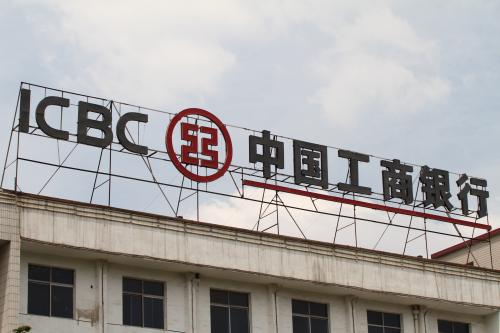
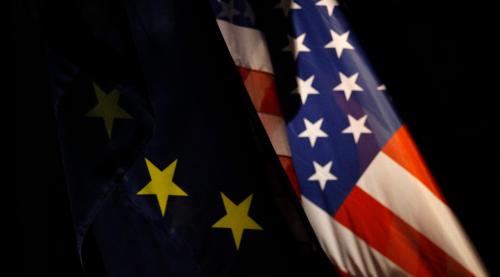

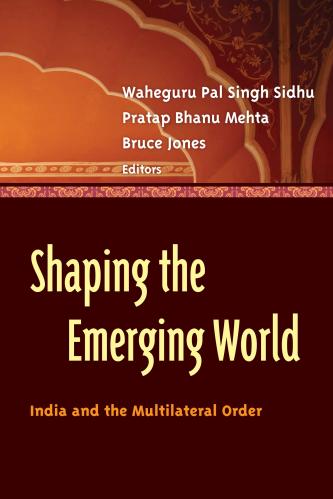
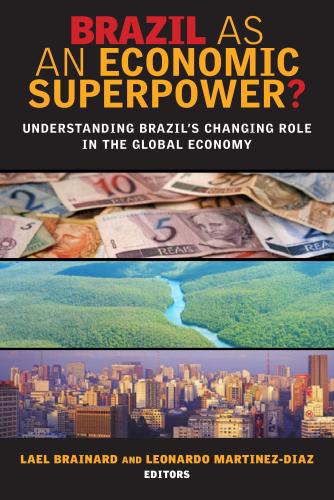
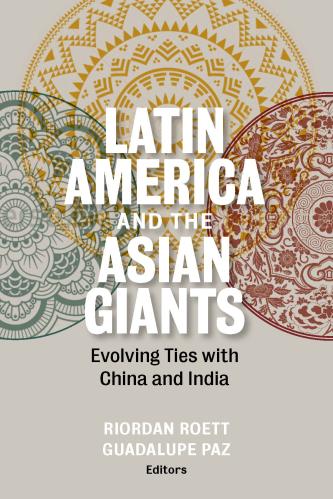

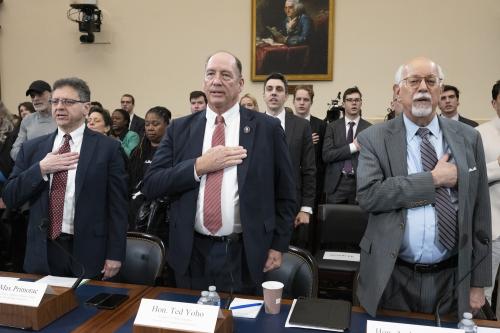

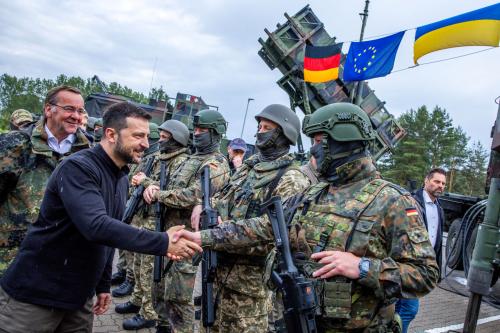
Commentary
Op-edPreventing Cold War II
September 11, 2019